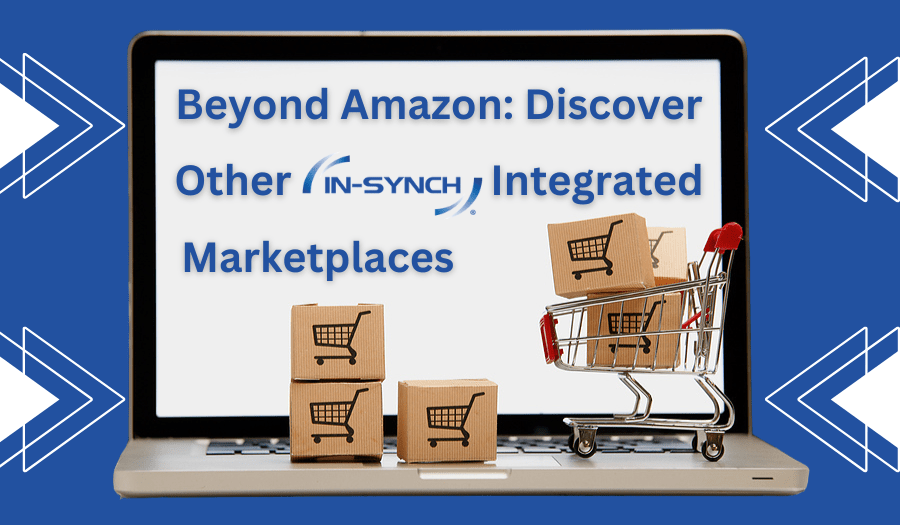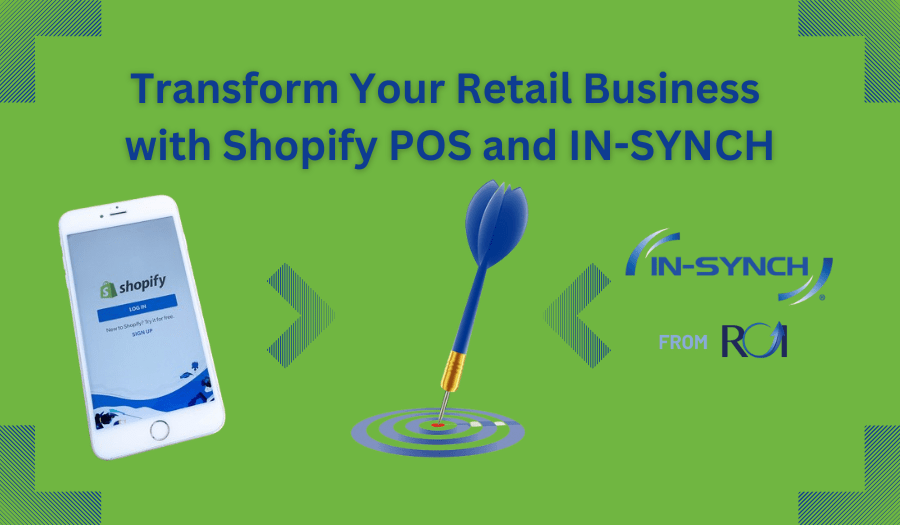By Ruth Richter • January 10, 2017
We are at the start of what some are calling the “4th Industrial Revolution” and the concept “the Internet of Things” is being used more frequently. The Internet of Things (IoT) is a concept of connectivity. Everywhere you turn, devices ranging from the simple to the complex are connected by a sophisticated network that uploads information to the Internet and securely routes it to companies worldwide. From the tires on a delivery truck providing mileage information to inventory data flowing from a retailer back to the wholesaler, to purchasing data moving from wholesaler to the manufacturer, data is moved seamlessly, from point to point. More than ever before, our data is providing greater insights into all types of business actions and decisions. We’ve seen some of the most exciting developments for our customers in the IoT involving manufacturers, wholesale distributors, and retailers.
Take manufacturing, for example: The IoT promises to revolutionize supply chain management and manufacturing operations by providing timely, actionable data on nearly every task to all who need to know.
Lean Manufacturing or Interconnected Manufacturing?
Lean manufacturing relies upon producing exactly the right quantities and SKUs that are needed now to replenish existing supplies. However, such manufacturing is often locally-based, relying upon data from one factory or warehouse to dictate stock levels.
IoT systems have the potential to revolutionize lean manufacturing into smart manufacturing. Streams of data can now converge into one system, with multiple factories linked and communicating real-time data. Instead of one factory changing its production schedule to meet demand, factories may be able to “communicate” with one another to request materials or items as needed. The results may be potential economies never before realized in the history of manufacturing.
The Rise of the Machines
Another way in which the IoT may impact manufacturing is in the rise of the machines—thinking machines, that is—machines that not only follow their programming but are programmed to respond to external stimuli, environmental feedback, and real-time data.
Consider a manufacturing process in which raw goods arrive at the factory already marked with microchips that “tell” machines where they belong. A flatbed of steel “knows” it’s needed at one end of the factory, while containers of pigment for paint mixing signal the transportation system to move them into another end of the factory.
Real-time data from each piece of manufacturing equipment, feeding data back into the system via the IoT, can signal what’s needed to complete an order. The result is an efficient system undreamed of less than a decade ago.
Putting the Pieces Together: How Do You Connect the Data?
If you feel like right now you’re staring at the Internet of Potential instead of the Internet of Things, never fear: we’ve all been there.
Connecting the dots between the data is the trickiest part of connecting your company to the IoT. Within your company, systems must connect and communicate. Accounting, sales, marketing, inventory and operations data must be pulled into one system so that anyone within the organization can access it.
Additional data needs to flow from other parts of the company, too. Inventory, shipping, fulfillment and manufacturing must all communicate easily and seamlessly with one another to provide an accurate “big picture” view of the organization which can then be distilled into smaller data pictures for decision-making.
With more companies now selling online, there’s yet a third place where systems must connect and cooperate: the Internet. Web shopping carts, ordering systems, and portals must connect with inventory data, fulfillment data, and more.
The Right Systems Can Make the IoT Easier
Connecting multiple inputs from many sources, some near and some far away, is a lot easier when you have both the right systems in place and a cloud-based solution. Cloud-based solutions connect different data streams via the web, making them both faster and easier to manage as well as easily accessible by anyone within your company. Even better, cloud storage and systems tend to provide more robust security than the average company can afford, making them a better choice for good IT security.
Putting all of this information together to form a cost-effective, productive solution for your business doesn’t have to be confusing. A consulting firm well-versed in enterprise resource planning, web-based systems, and systems integration can derive solutions that can transform your manufacturing data into actionable insights. These systems use the IoT concept to synchronize front end websites with shopping carts, warehouse data, fulfillment and shipping information and more. You’ll have actionable data at your fingertips to inform the manufacturing process, thus connecting all of your systems into one feedback loop.
The IoT Makes the Future Bright
The future promises to hold more opportunities for data inputs from a wide range of systems, some undreamed of, some already in existence. With so many important systems relying upon accurate data, it’s important to have a consultant by your side who understands data integration in all its nuance.
ROI Consulting understands the needs of today’s businesses to harness data for decision-making. We invite you to call us at (402) 934-2223 ext. 1 for more information.
This article first appeared in the Bellwether Magazine.




